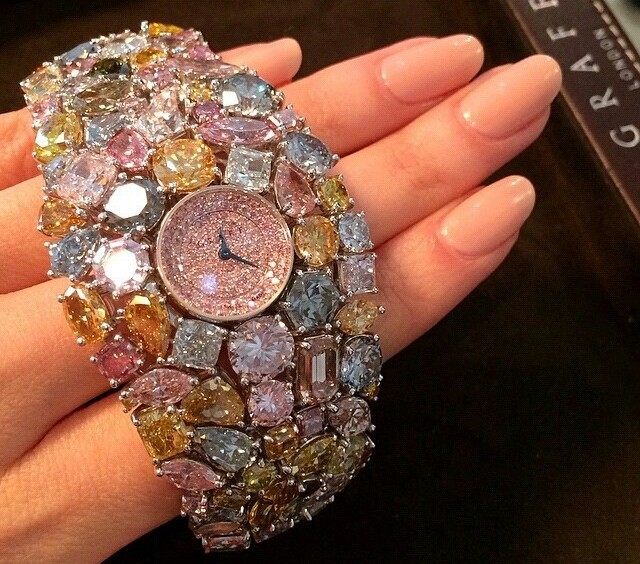We often get asked why watches are costly. There is a threshold issue though – and that is between “expensive” and “overpriced.” Those two items are not mutually exclusive, and are different.
Expensive just means that something costs a lot, but there is good reason for the price. Overpriced means that something simply has a cost that is vastly in excess of the materials cost + marketing costs + development costs + manufacturing cost + distribution costs + fair profit. Expensive watches and overpriced watches are very common. And unfortunately overpriced ones are too common. At the same time, you need to ask yourself, “if a brand asks a certain overpriced amount for a watch, but is still able to sell them, can you still regard the watch as being overpriced?” The answer is yes, but you still want the watch, don’t you?
We will now go ahead and some of the reasons that watches are so expensive. These are both in defense of the industry, and expositive issues that are less glamorous in regard to the luxury industry. To spice it up, we must tell you that Graff Diamonds Hallucination which costs around $55 million is so far the most expensive watch in the world.

1. Watches Can Be Expensive to Make and Develop
A good timepiece can take between a few days to many months to produce. Even brands with high demand often cannot get enough product to market. This problem creates increased market demand and a bottleneck of production. Many brands would like to make more watches than they do, but this isn’t always easy or cost-effective. Having high demand is a problem people want to have, and is due to the time and complexity involved in making high-end timepieces. This is related to the concept that watches are expensive due to low production and expensive suppliers.
2. Movements Aren’t Always Cheap
Some high-end brands make their own movements. Many mainstream brands also make their movements. But this is comparing very high-end mechanical ones with much less expensive quartz movements. Making your own movements universally means that movement costs are gonna be comparatively cheaper – but mechanical movements are still expensive to make.
Most brands need to buy watch movements for their watches (but they can also modify or decorate them after buying them). But a few bucks for a quartz movement can’t compare to the cost of a mechanical tourbillon movement. Mechanical movements come in dozens and dozens of styles, grades, and levels complication.
3. Low Quantities Equal High Costs
When Casio makes most timepieces they don’t just make 100 of them. Or 1000, or 10,000. Many Casio watches are destined to be produced (potentially) in the millions. Because of this, the initial cost of development and tooling (to set up machines to properly make the parts for the watches) can be thinly distributed in each piece. Even if it cost a few million dollars to create a new watch, only pennies of that expense will show up in the cost of each timepiece. But what about a watch that only ever has 1000 pieces made, or less? The same basic principles of industrialization apply. Sure many brands purchase movements, but they still need to invest in parts. They also tend to use a series of suppliers.
4. Most Watch Brands Want to Be Luxury Brands
The dream to be on a starlet’s wrist and envied by passers-by. This is a place many watches and jewelry companies want to be. Few of them get there legitimately, and those that can afford to pay to be there aren’t exactly numerous either. Brands that the well-to-do choose for themselves are those that have a history of being preferred by the elite and have names synonymous with lavish lifestyles and hopefully, quality. It is actually quality and exclusivity that made historic luxury brands what they are today. The idea that people with means have the ability to choose the best and more beautiful. So whatever they choose must be good.
5. Customers Want to Feel Their Worth
Price is a mental indication of worth to consumers, unless you really (really) know what goes into a product and its competitors. Prices often are set based upon desired market placement. It is the idea that if an item is priced at a certain level, people will associate it as being on par with brands of similar price, and that lower priced brands or models aren’t as good. It is based on a sense of goodwill that consumers have toward product makers, but more to retailers, who they feel will charge just enough to make a profit and also remain competitive.
You may also like to read: How to Buy a Luxury Watch Online